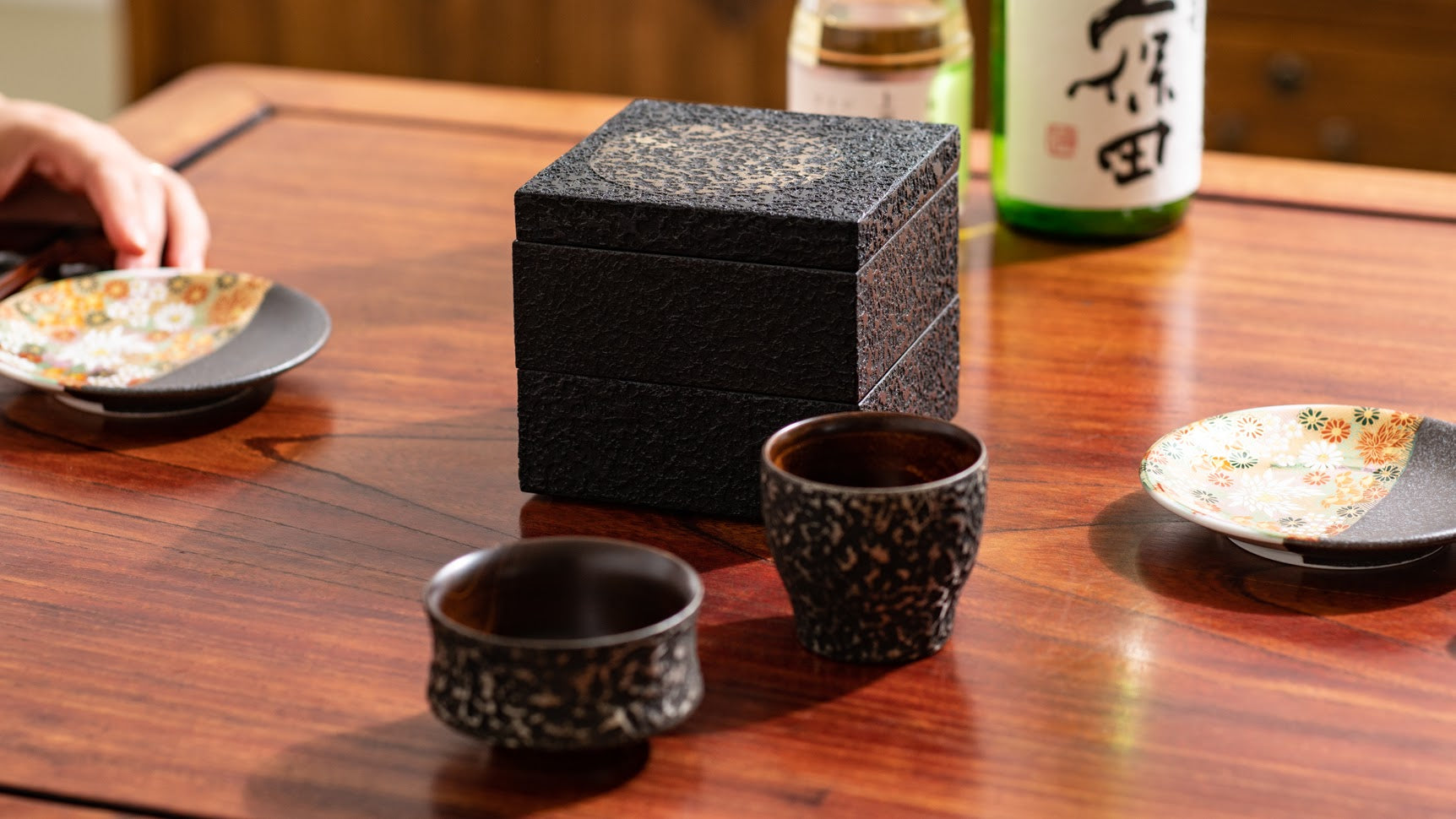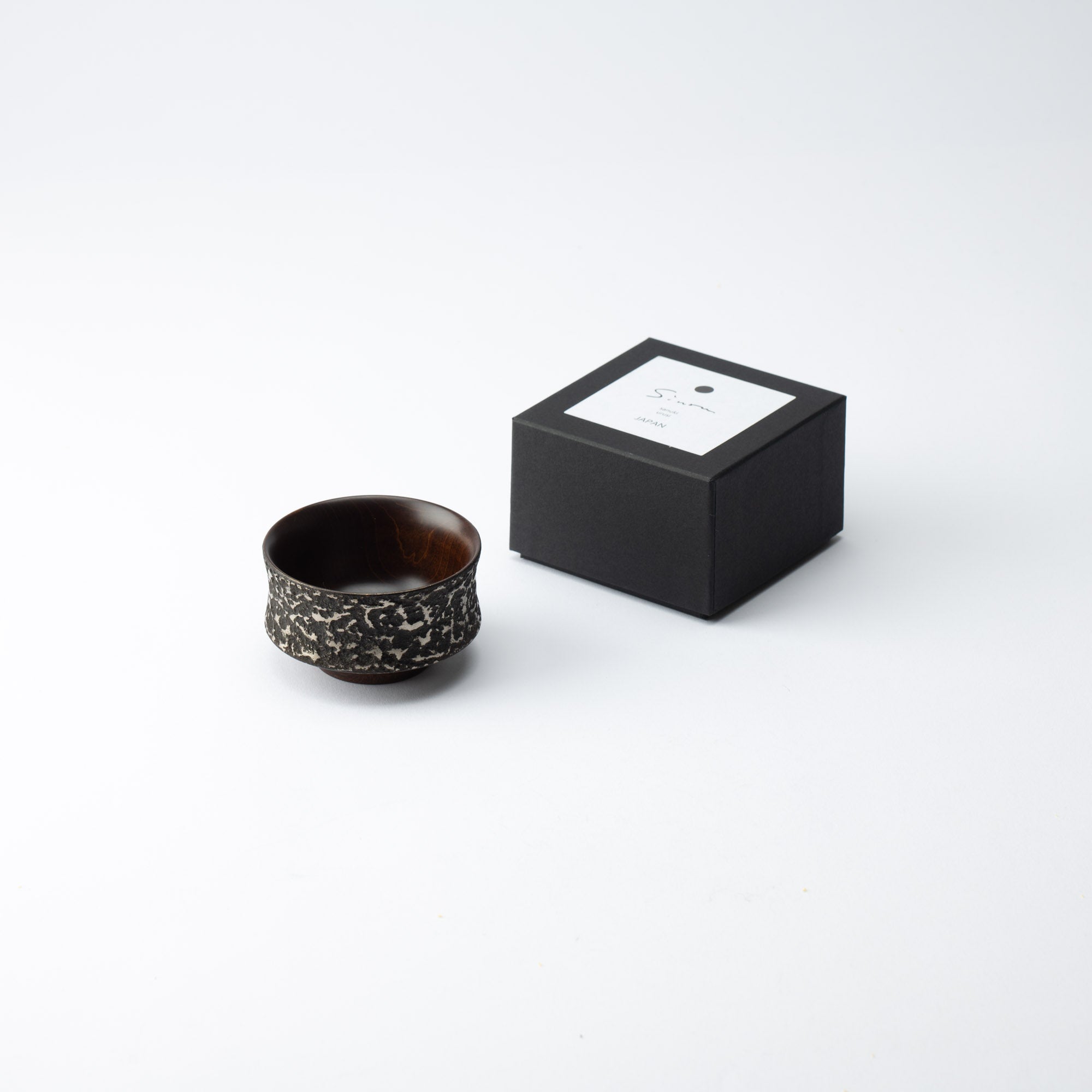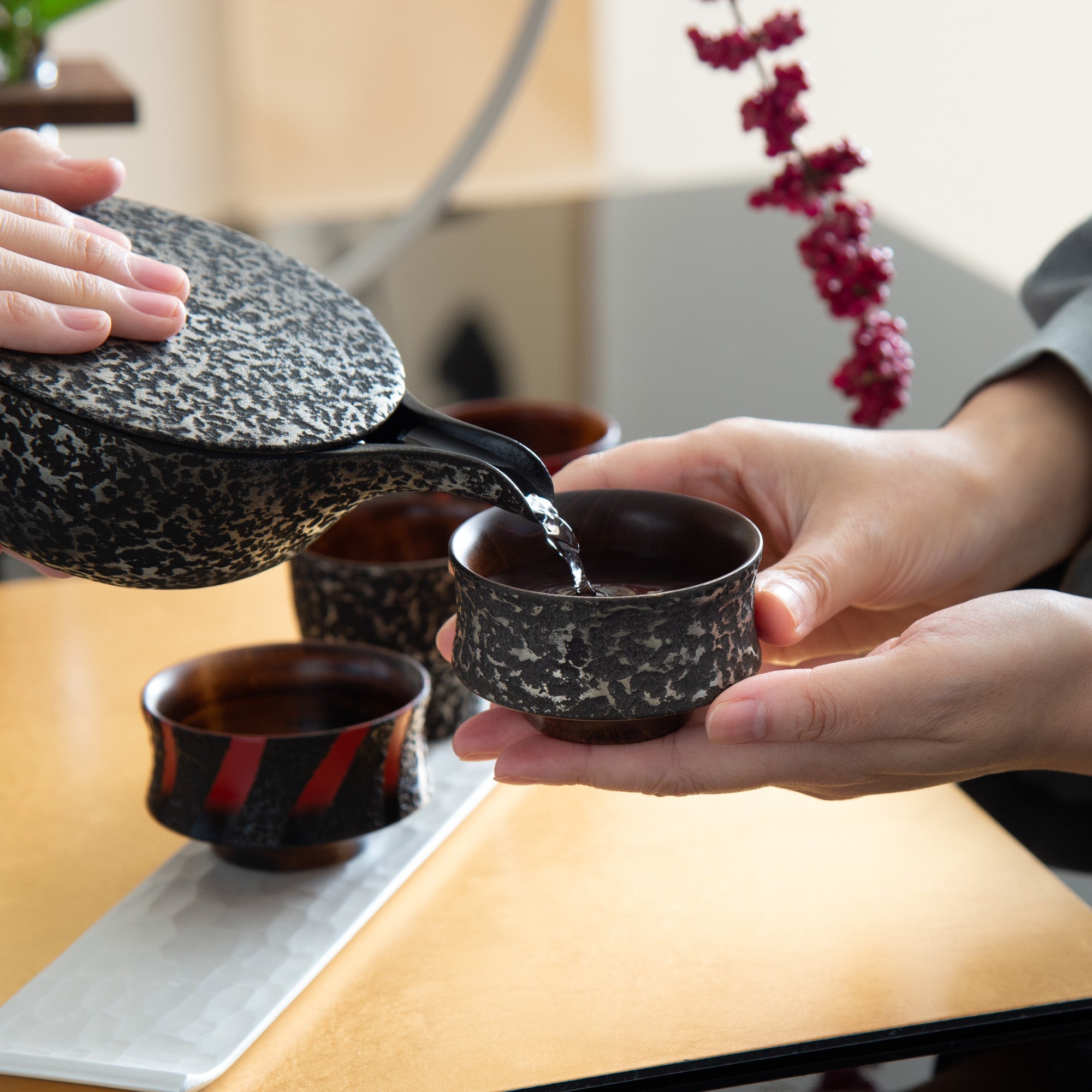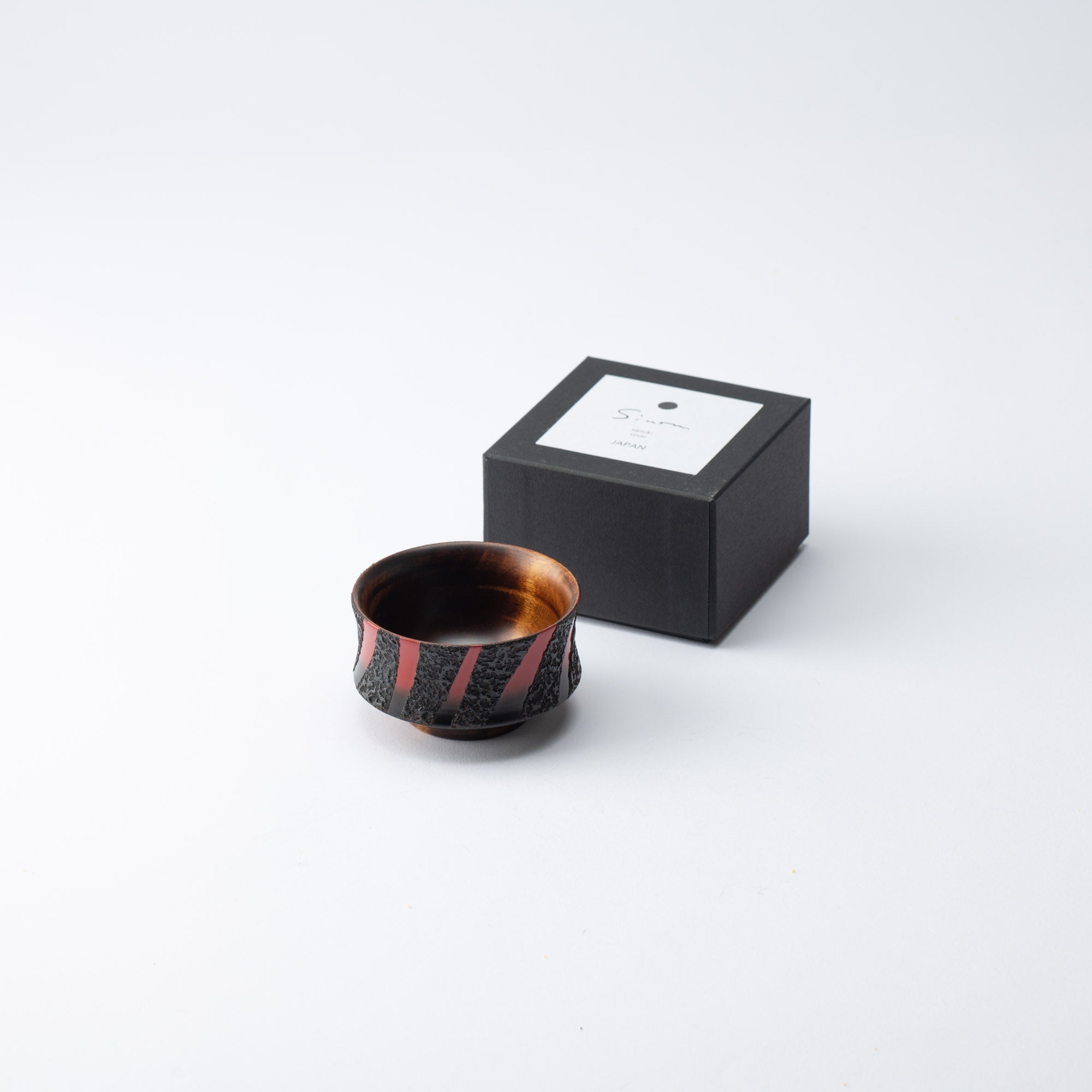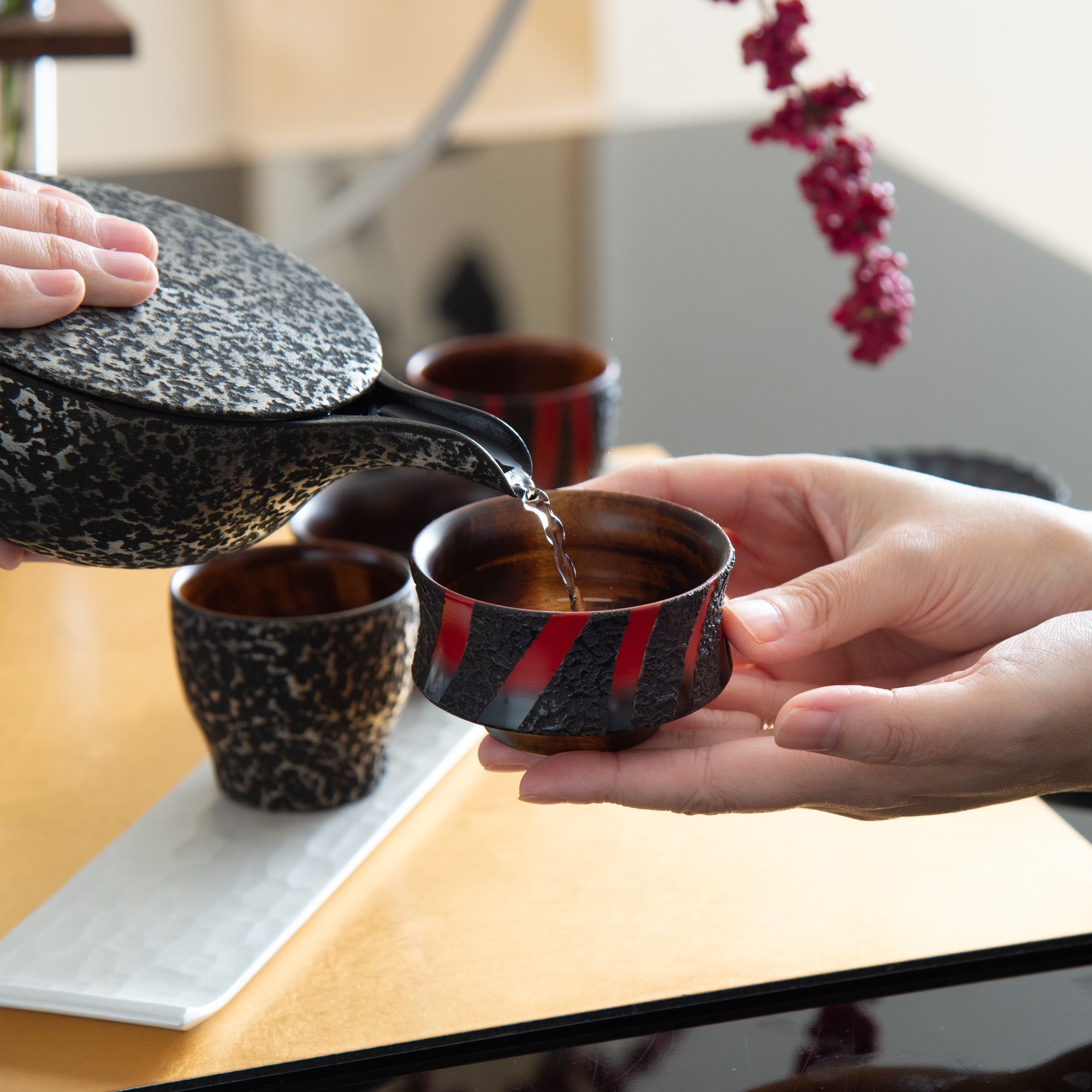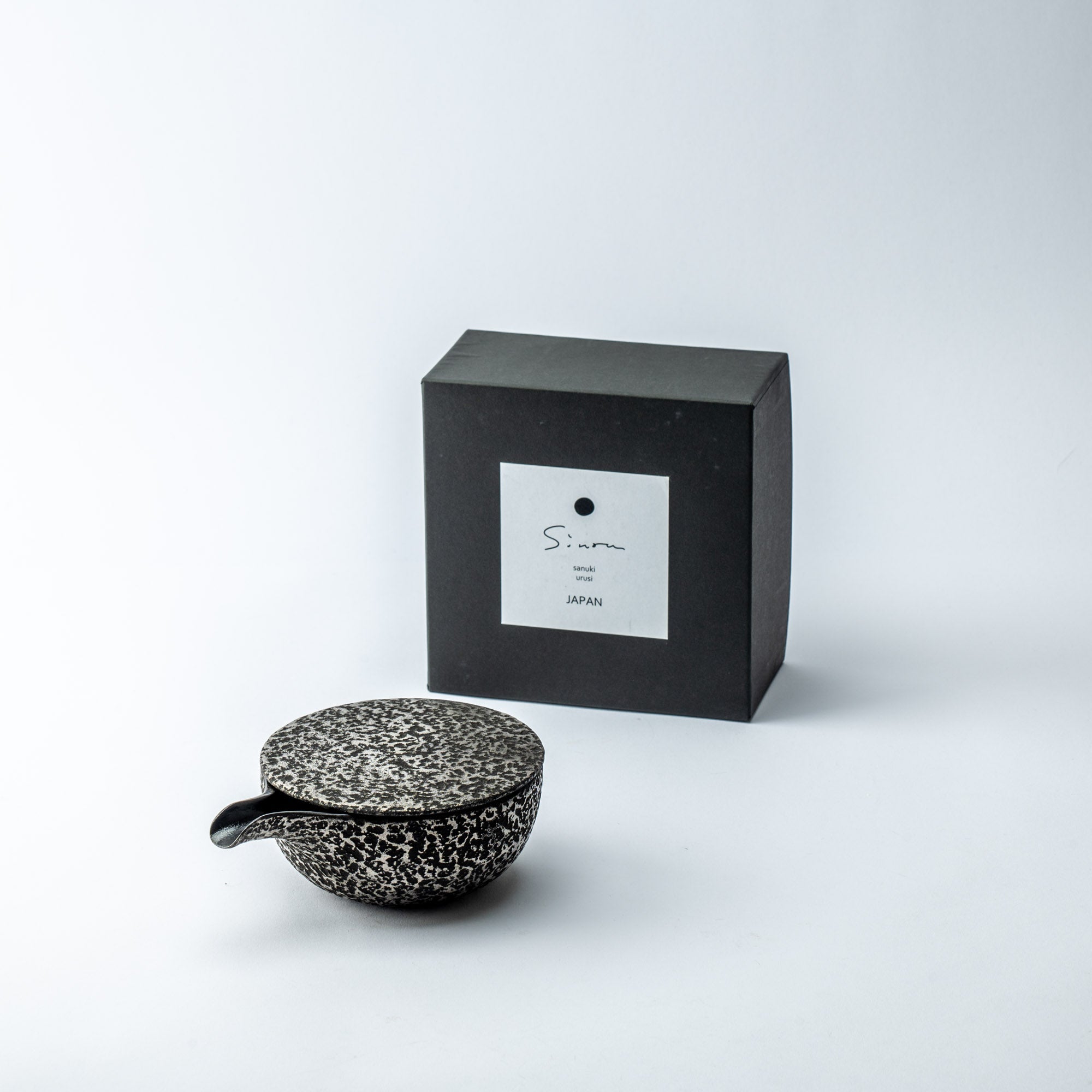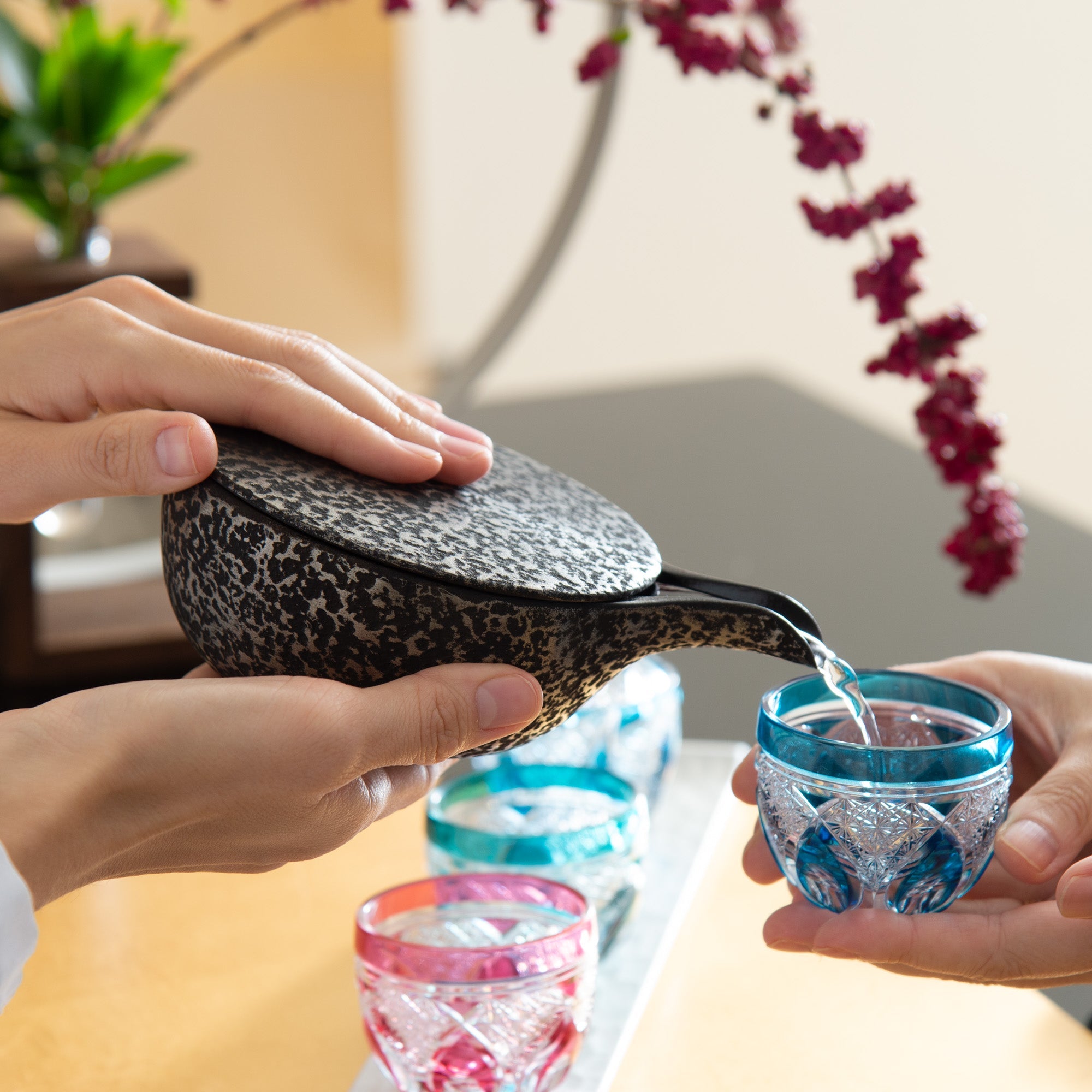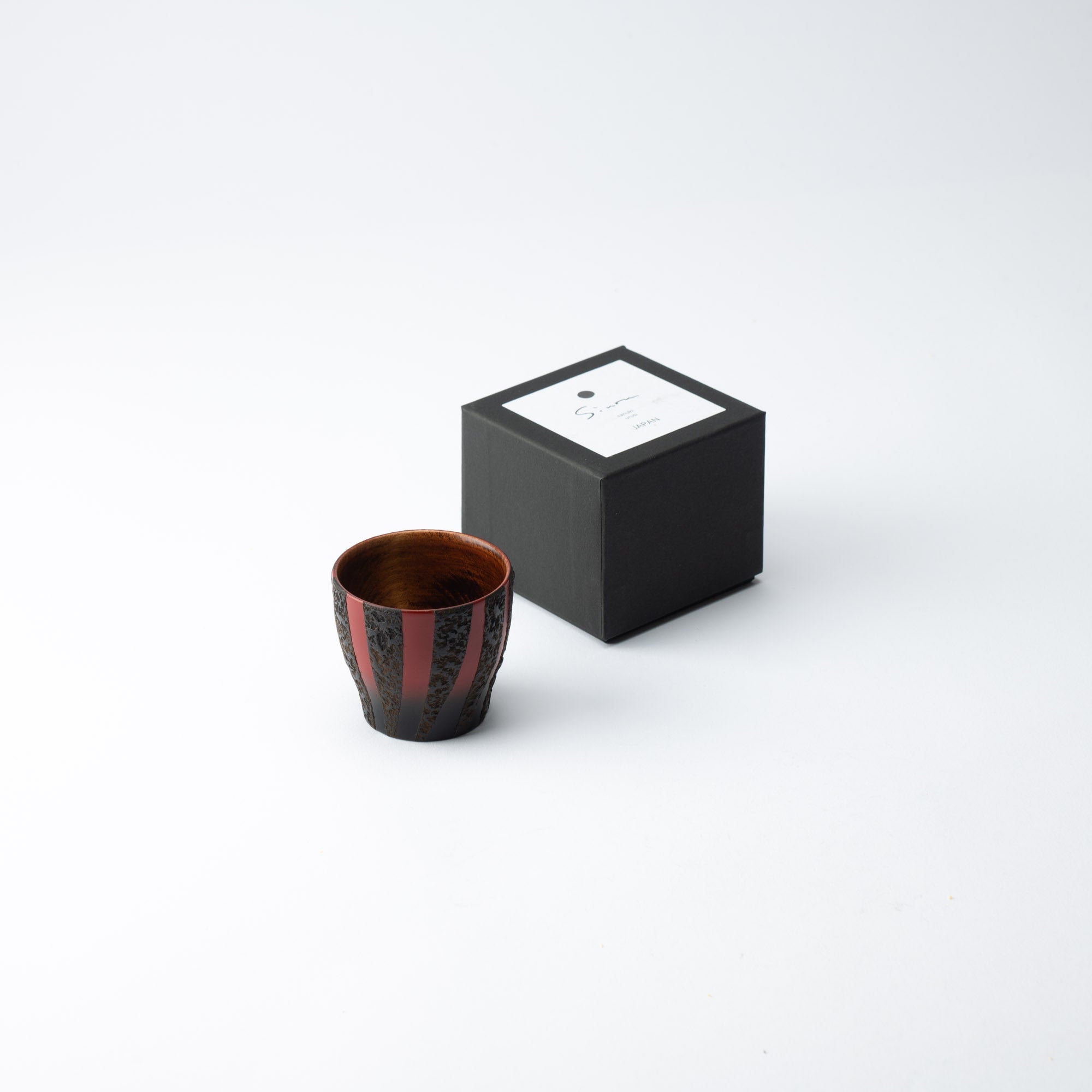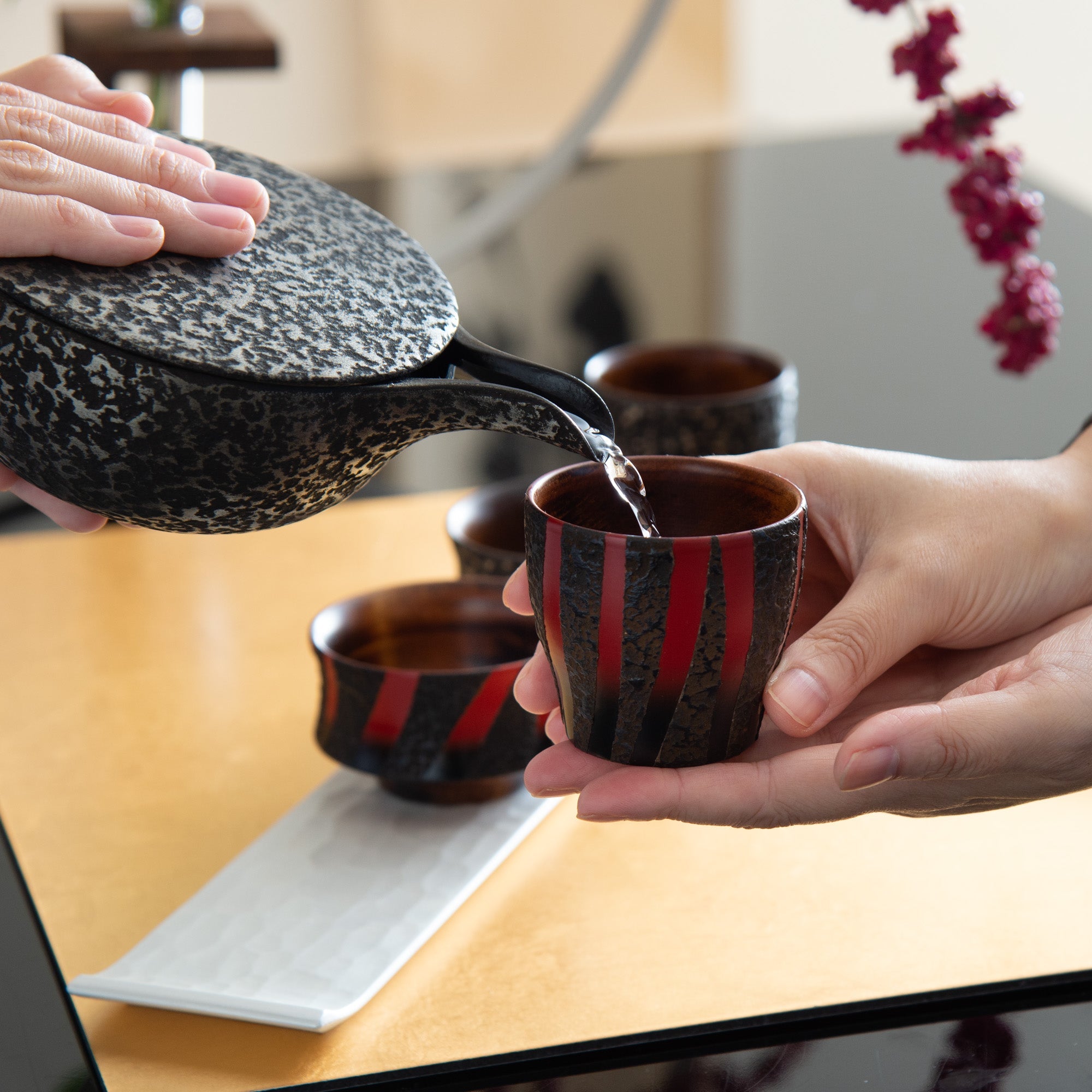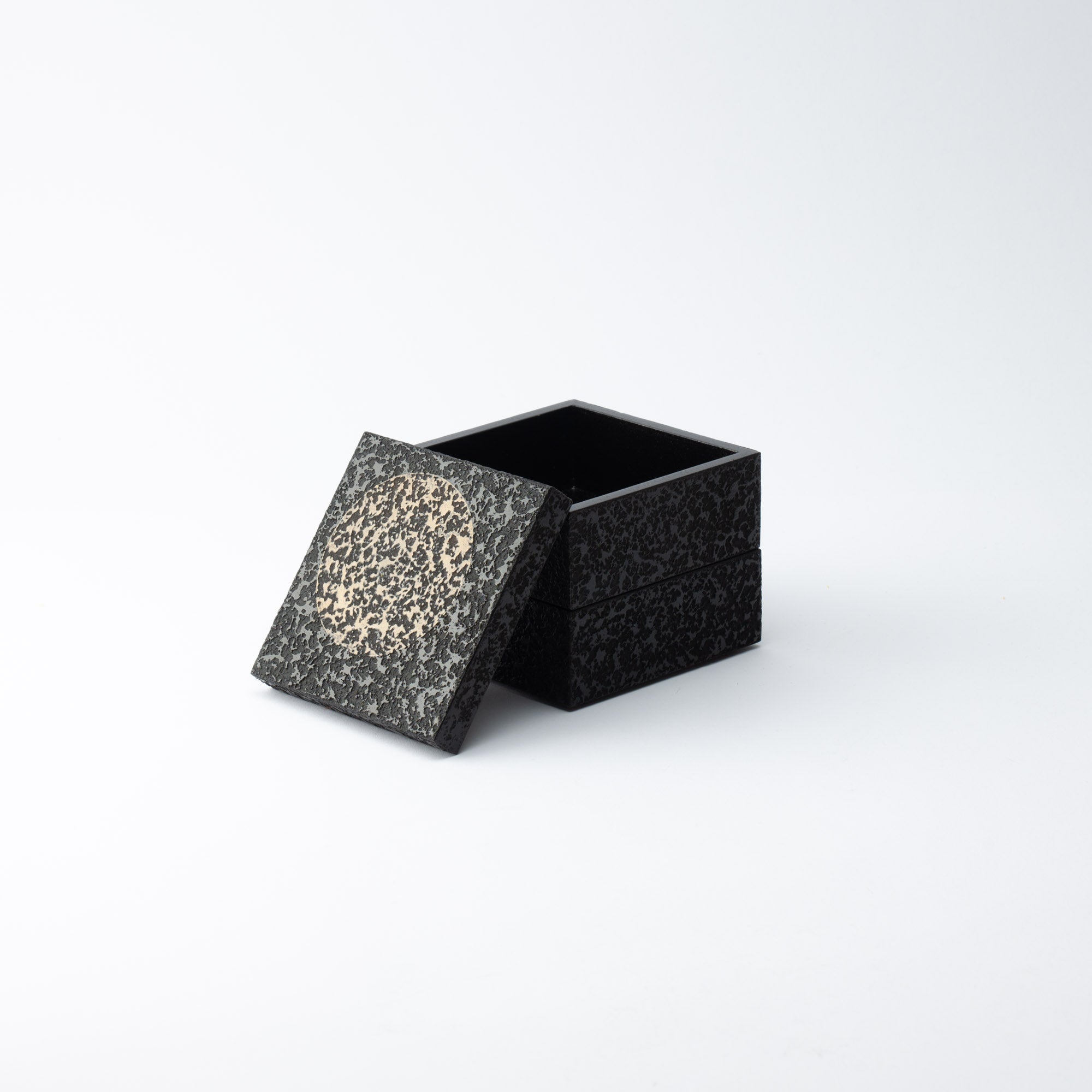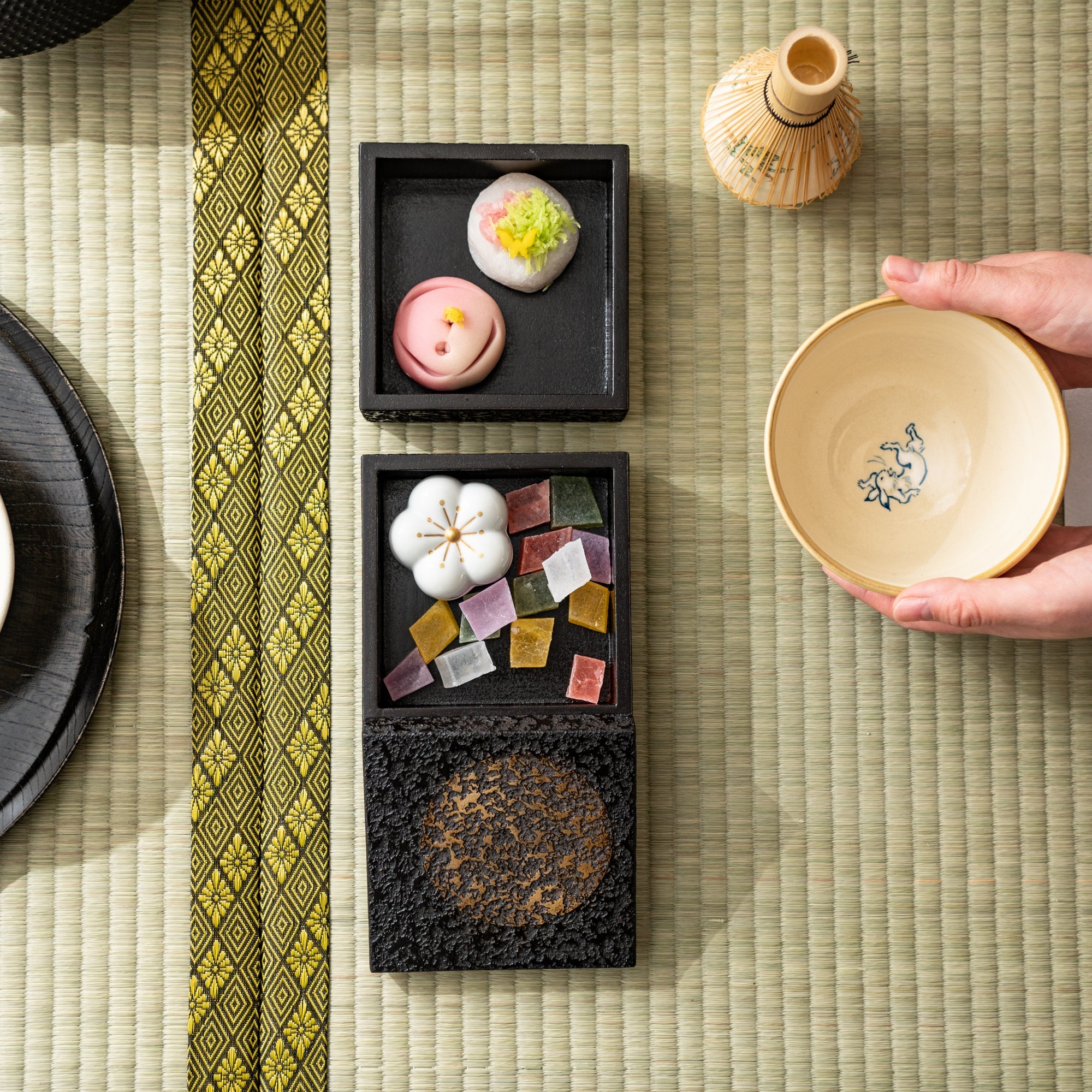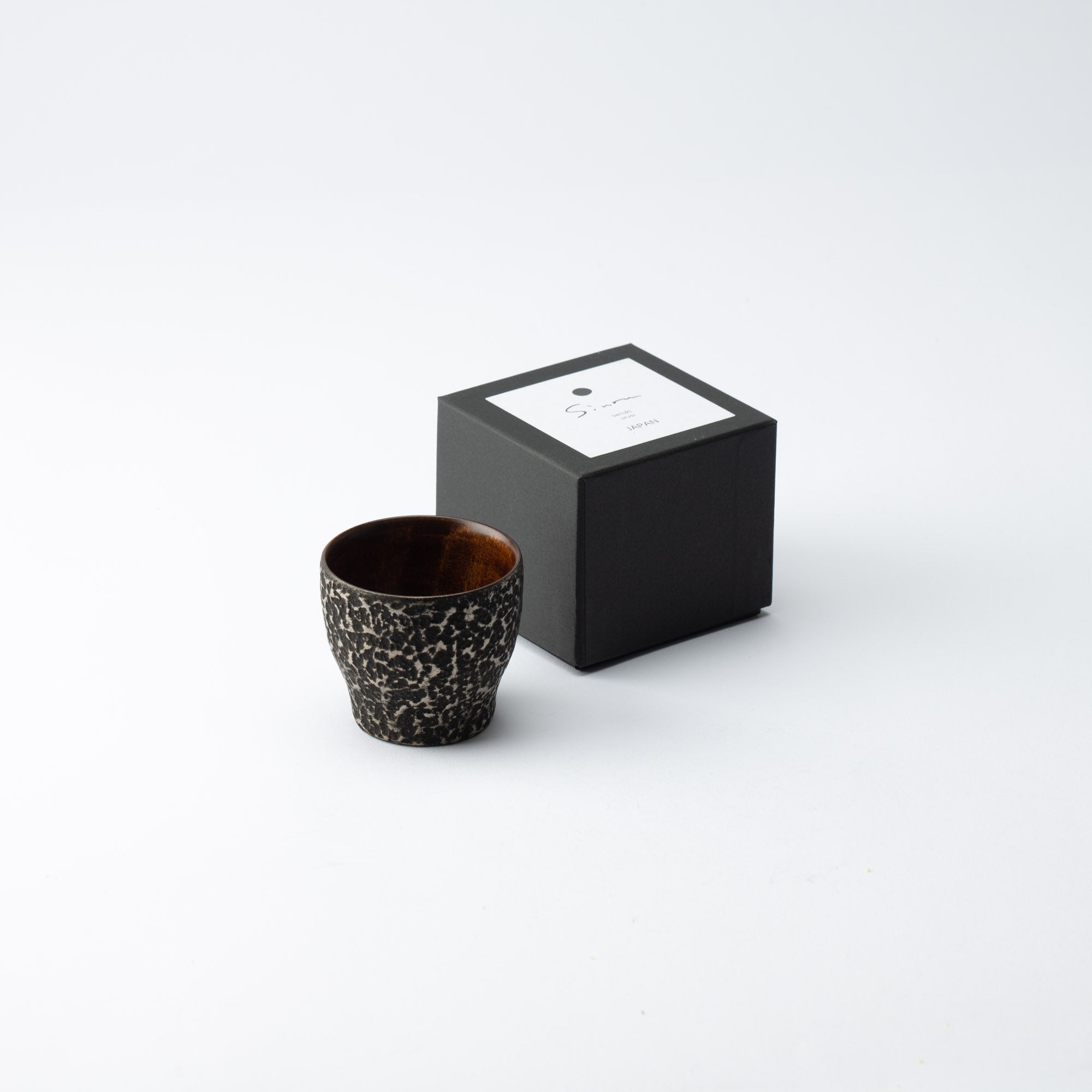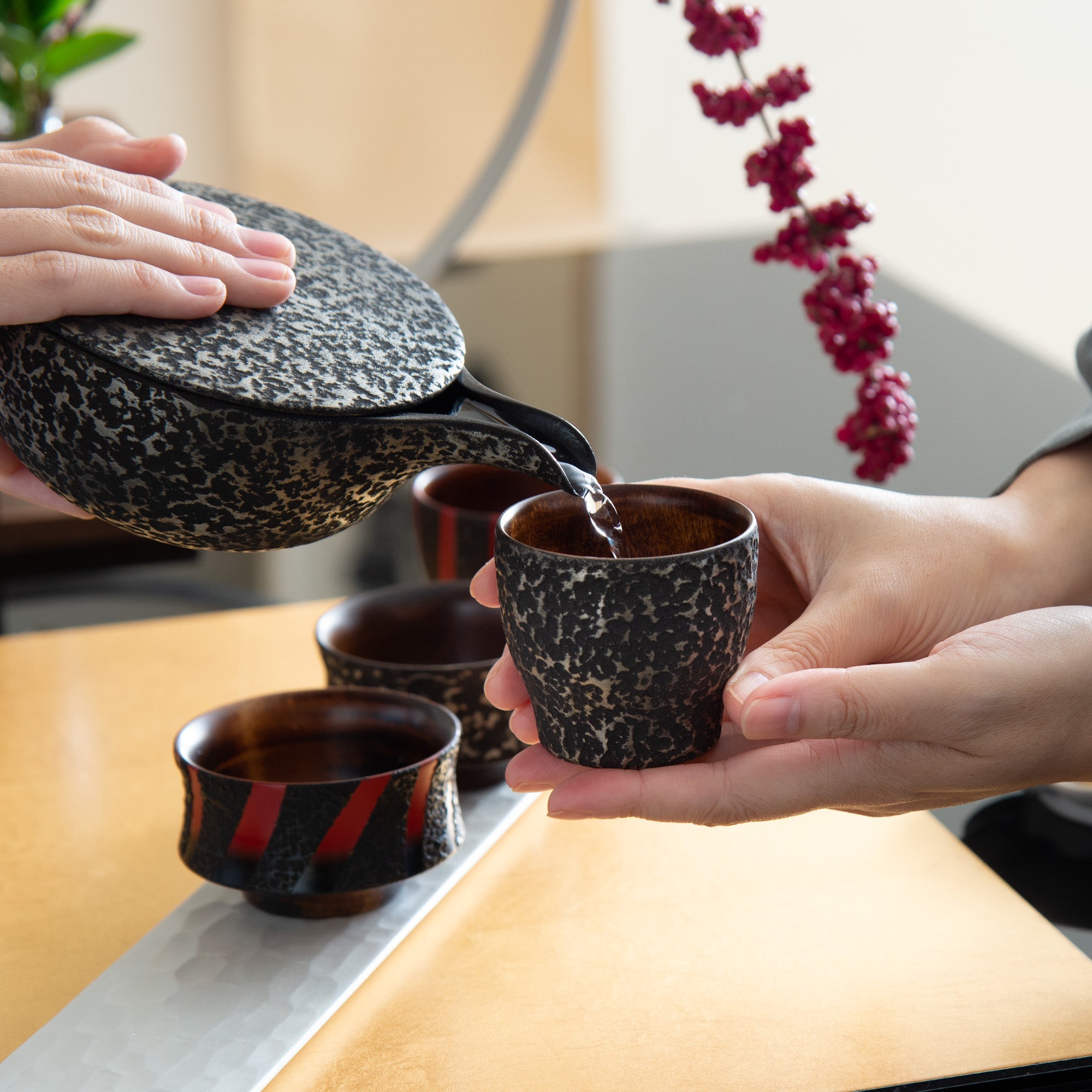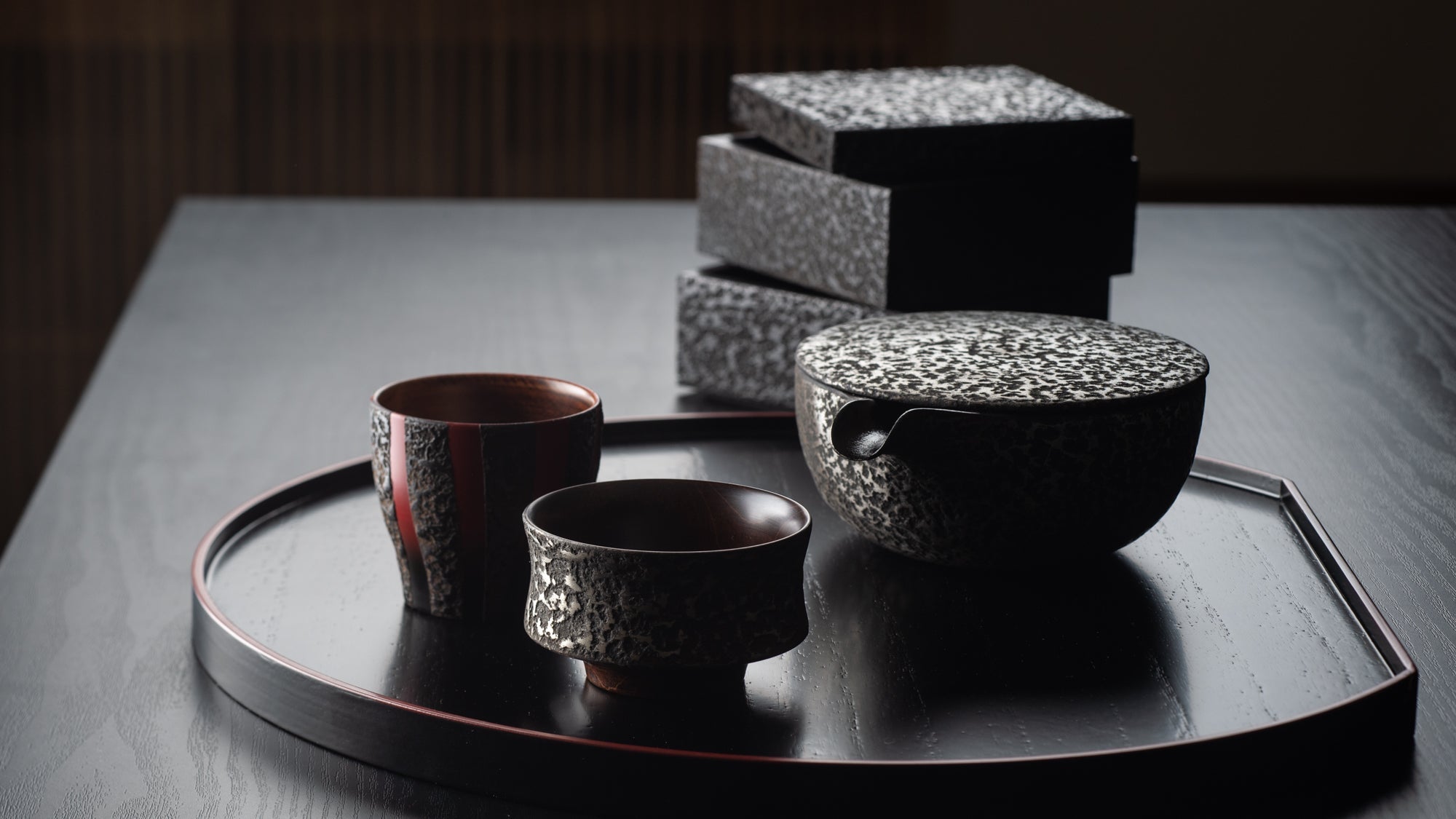
Sinra
Sanuki Urushi Sinra was launched in 2012 by Matsumoto Kota, who trained under the esteemed national living treasure Isoi Masami. Sinra showcases the unique lacquer art of Kagawa through their original lacquerware creations.
With a deep-rooted commitment to preserving the traditions passed down since the Edo period (c.1603-1867), Sinra strives to bridge the gap between the "creator" and the "user," fostering a harmonious connection. Their aim is to transform lacquerware from being perceived as exclusive and intimidating to something approachable and familiar. By merging the time-honored craftsmanship with a contemporary sensibility, Sinra not only upholds tradition but also crafts lacquerware that enriches the daily dining experience.
Creating lacquerware that aligns with modern lifestyles, Sinra adds a unique twist to traditional techniques, crafting pieces that are both modern and stylish. By merging Aji stone powder with lacquer, a unique texture surfaces that encapsulates a primitive charm unlike any other in the realm of lacquer crafts. When you hold it in your hand, you can feel the cool and comfortable temperature, which is perfect for drinking cold sake. They source genuine lacquer from Kyoto, guaranteeing authenticity and quality.
The traditional technique of "Zoukoku-nuri" involves applying multiple layers of raw lacquer onto the wooden base, creating a textured surface with the use of rust and powdered lacquer. The final touch involves sprinkling powdered "Aji stone," a fine stone powder native to Kagawa, mixed with lacquer, and kneading it into a clay-like consistency to create intricate patterns on the outer surface of the ware. Known as the "granite diamond" due to its hardness and durability, Aji stone retains its strength even after years of use, remaining impervious to wear and tear. After the pattern is applied, sprinkled with "Makomo" wild rice powder, followed by a final application of lacquer to achieve a polished finish. The wares exude an impression of weightiness, yet surprise with their remarkably light feel, creating an intriguing juxtaposition that adds to their allure.
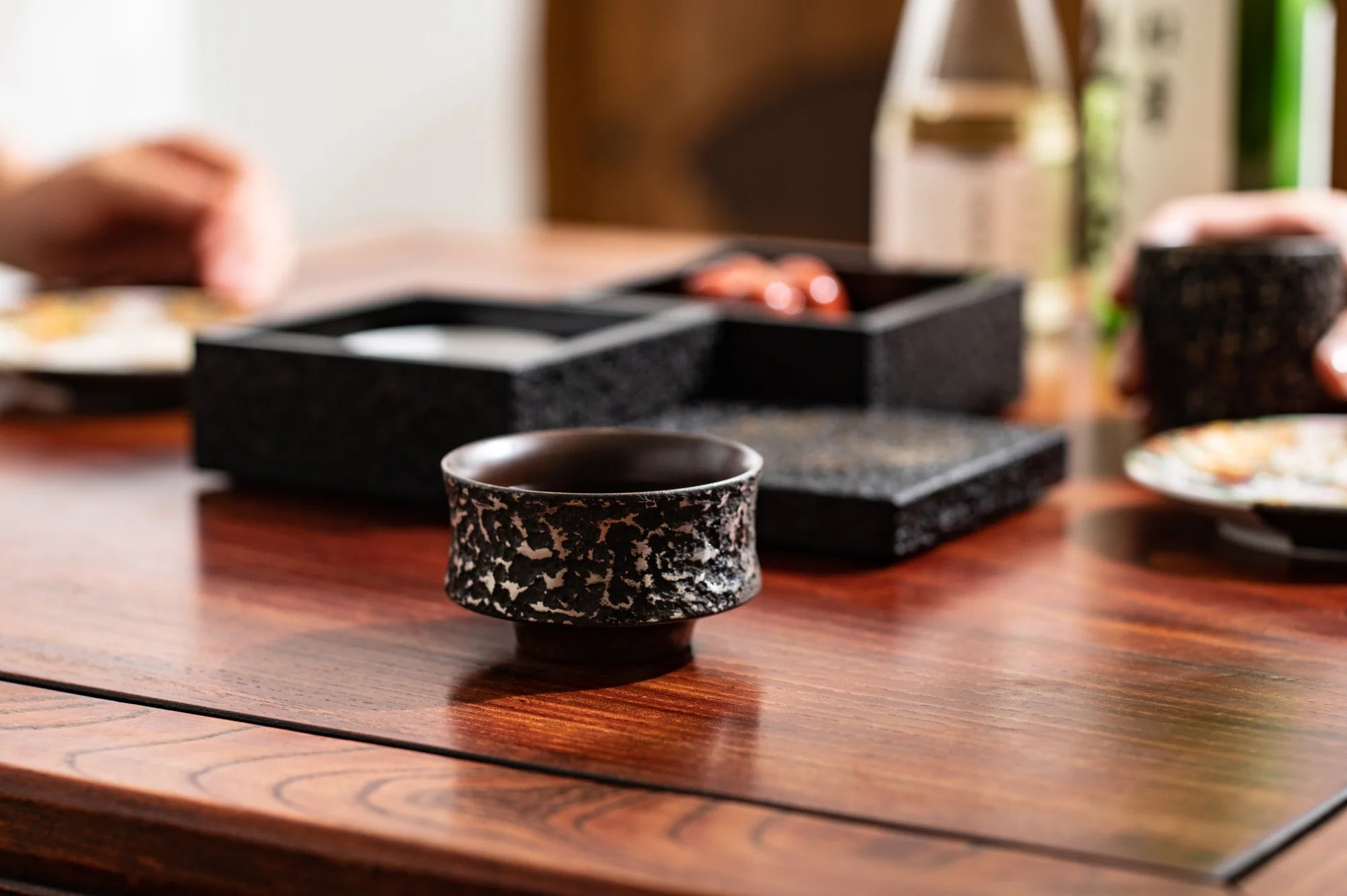
1. Woodwork
Based on the drafting of designs, professional woodworkers in Kagawa and Ishikawa prefectures produce our products. Domestic woods such as horse chestnut, Japanese Cherry Birch, chestnut, zelkova, and cherry are selected according to the product.
However, for dry-lacquer ware, Magewappa boxes, and small items, Sinra produce them in-house from the base material.
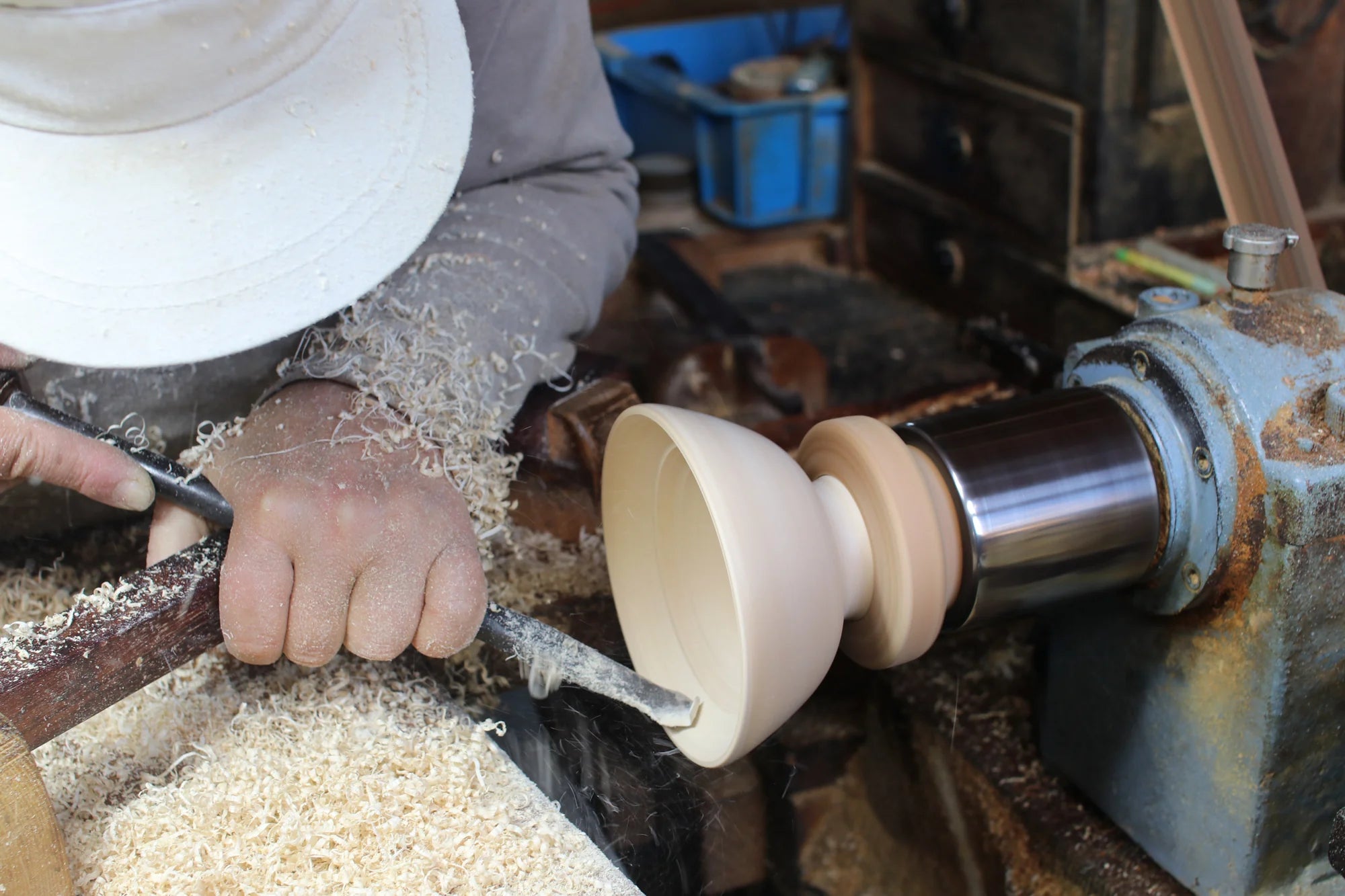
2. Wood Conditioning
The finished wooden base is rubbed with raw lacquer. This not only protects the surface of the vessel, but also makes it less susceptible to the effects of humidity and temperature, and creates a solid base so that it will not be deformed.
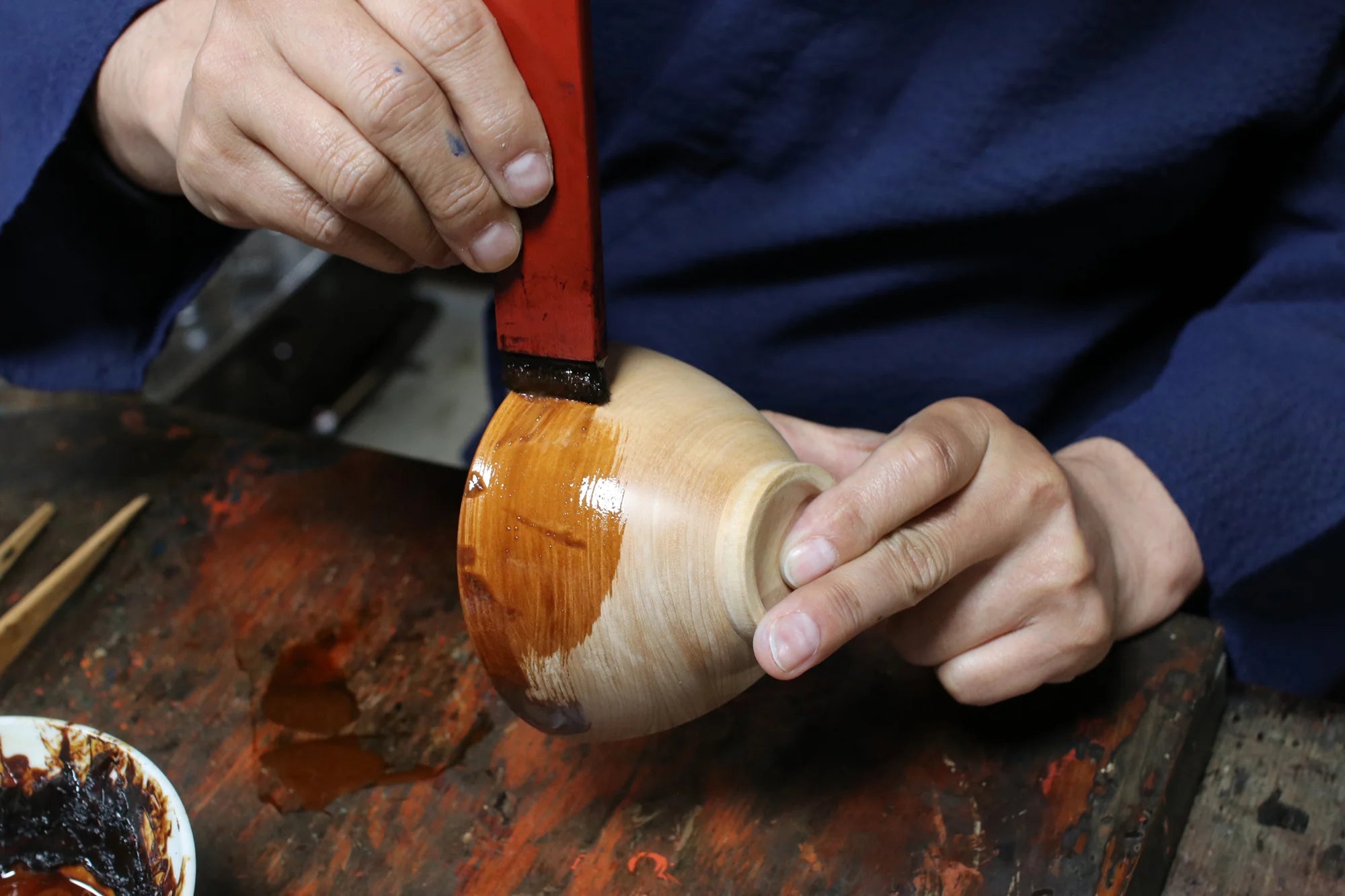
3. Zoukoku Beating
"Ajiishi," a fine stone powder native to Kagawa, is mixed with lacquer and kneaded into a clay-like substance, which is then applied to the wood. Using a stamp called "Tampo," the artist creates textures and patterns by pressing and tapping.
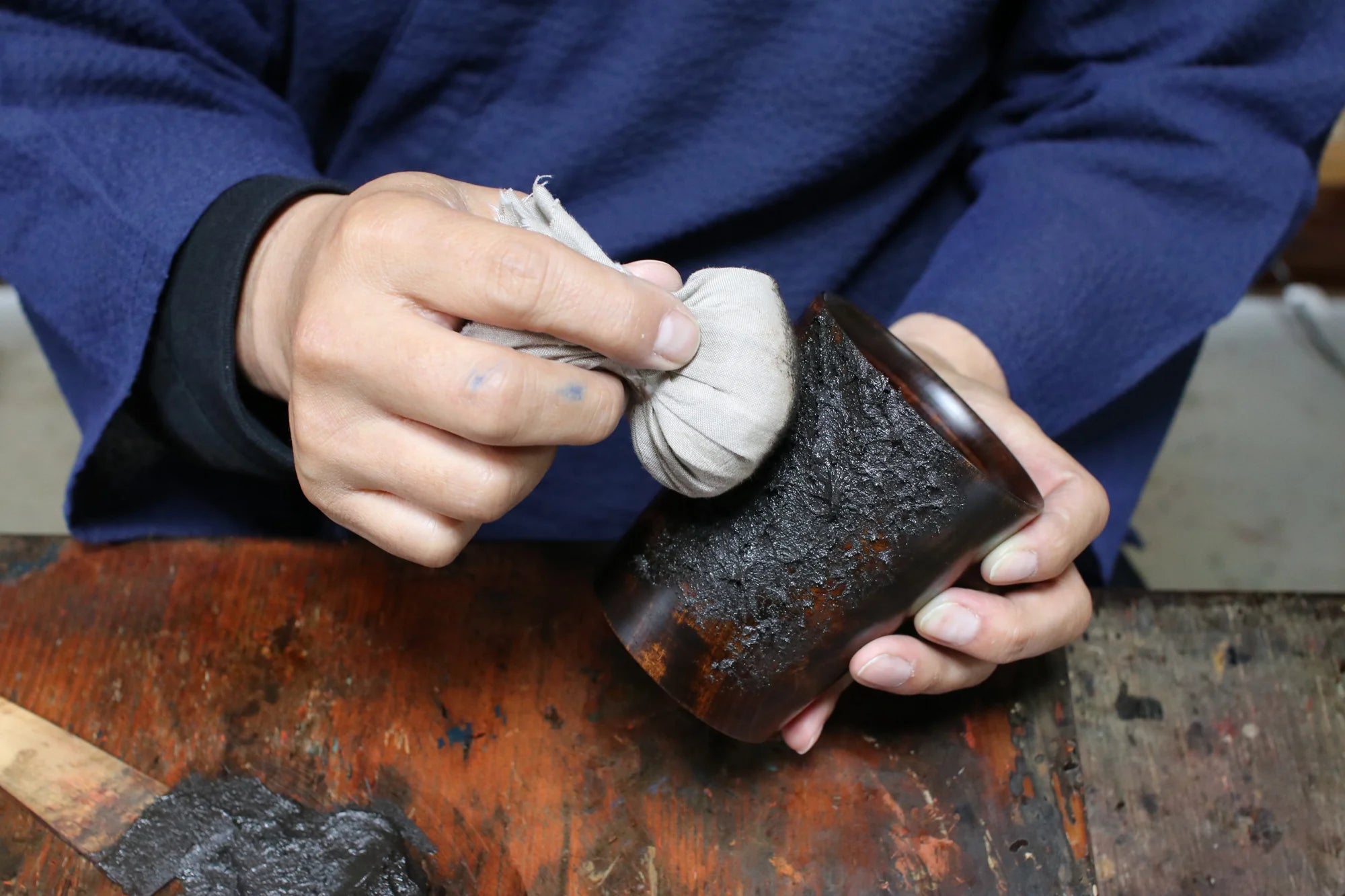
4. Zoukoku Polishing
While polishing, the pattern is completed.
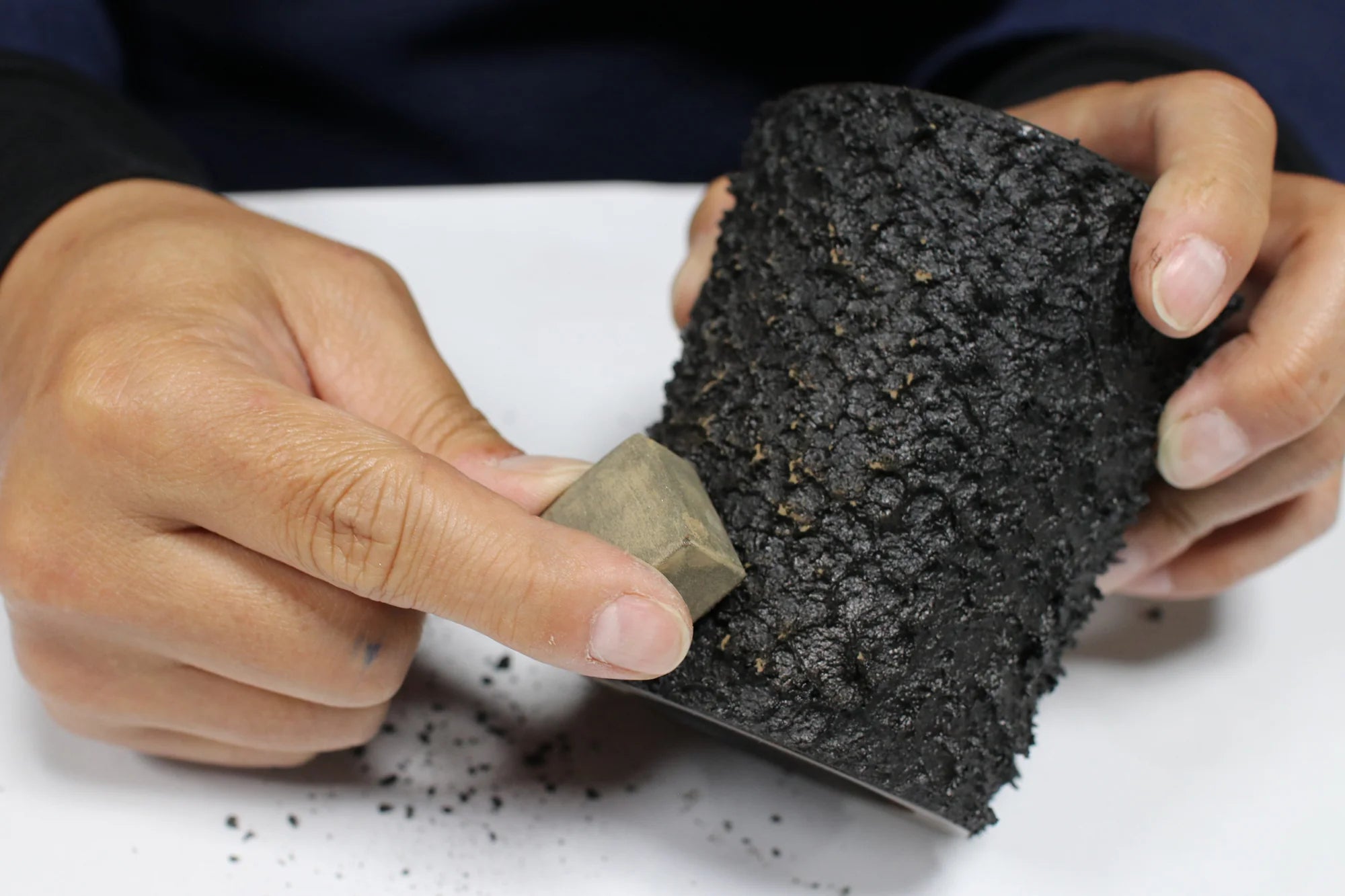
5. Sprinkled with "Makomo" powder
The surface of the vessel is sprinkled with "Makomo" wild rice powder, and the excess powder is removed with a brush.
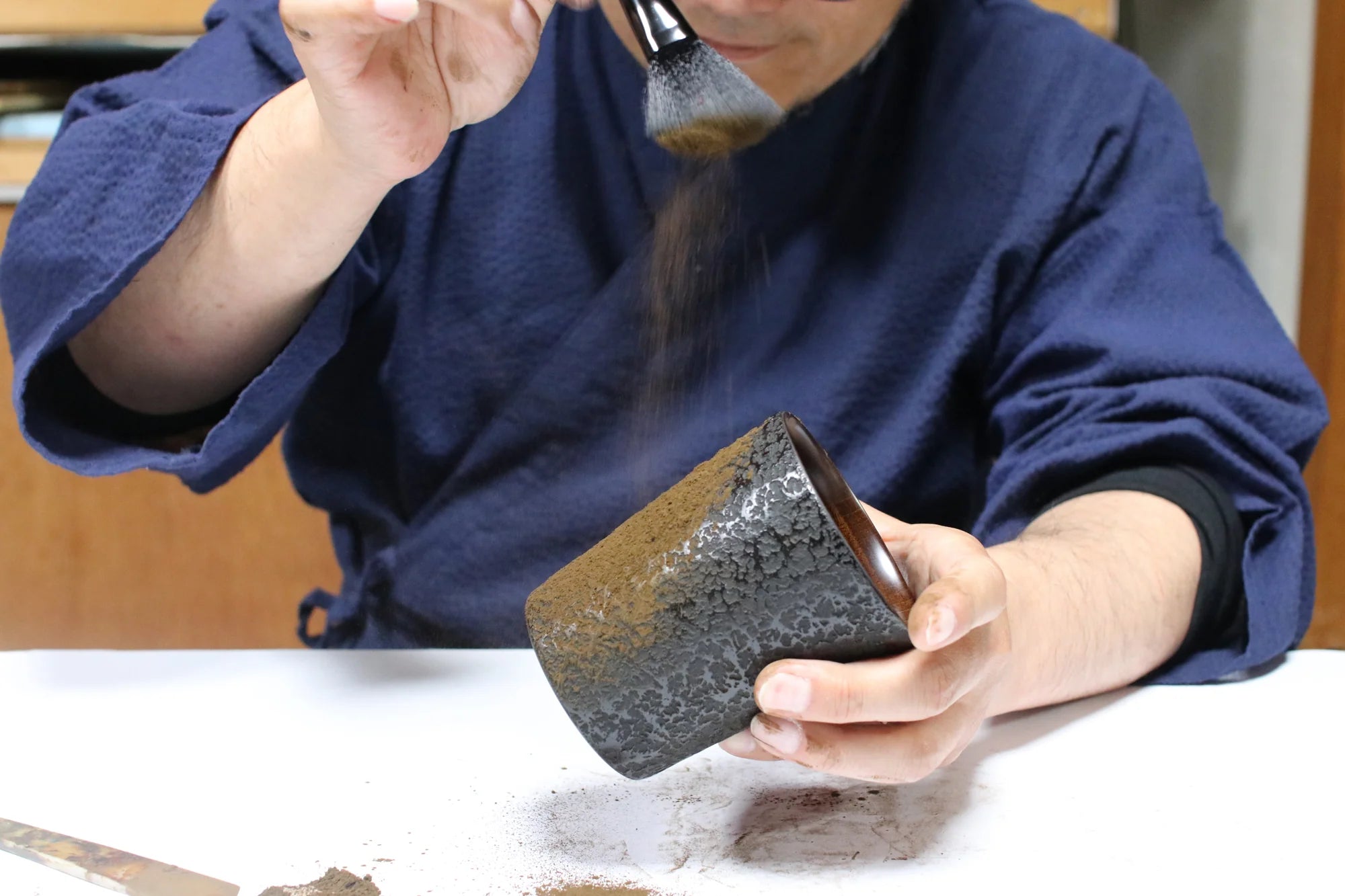
6. Finishing Polish
Polished to a unique shine.
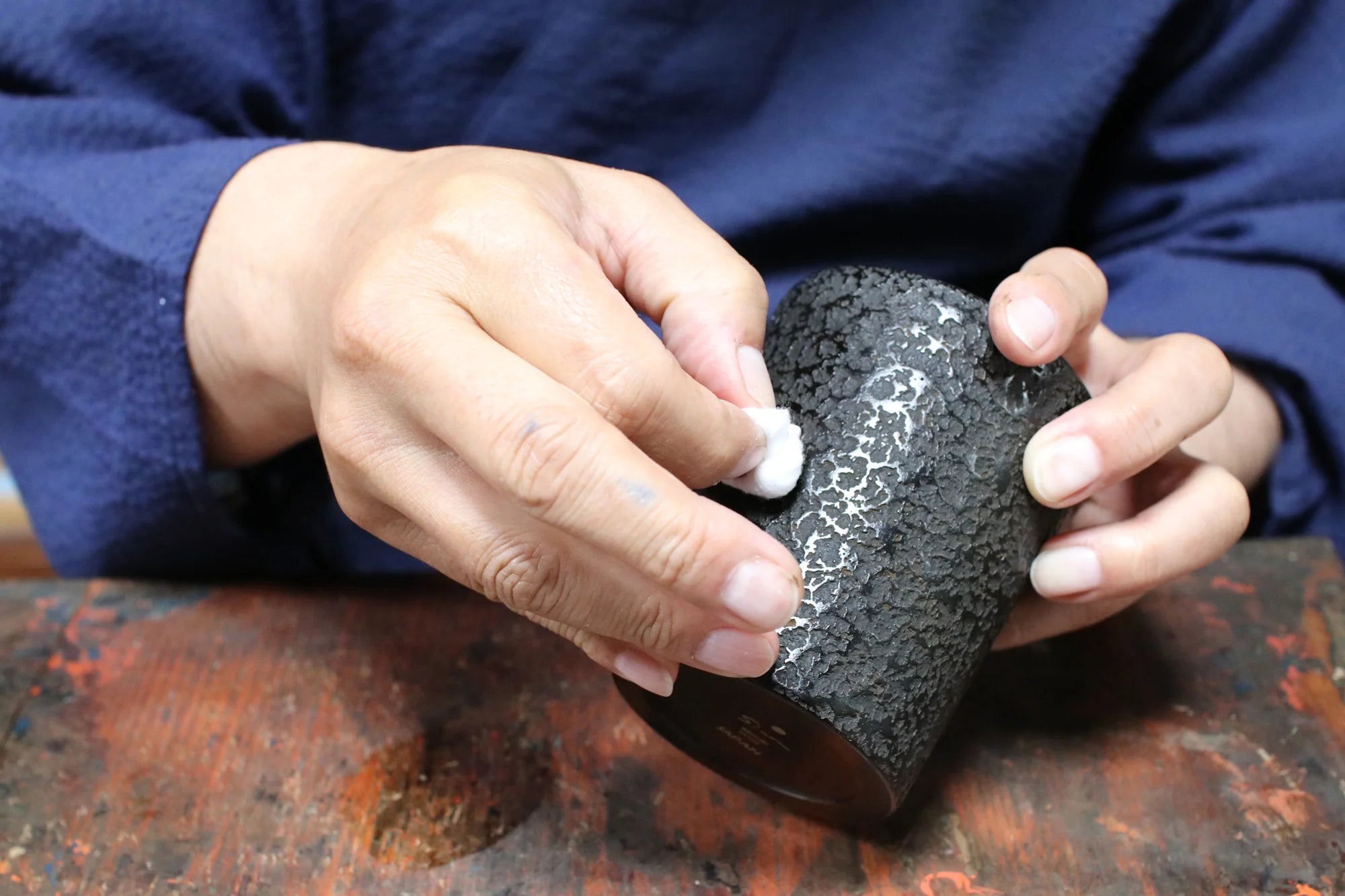
Origin & Other Makers
Related posts
Filters


